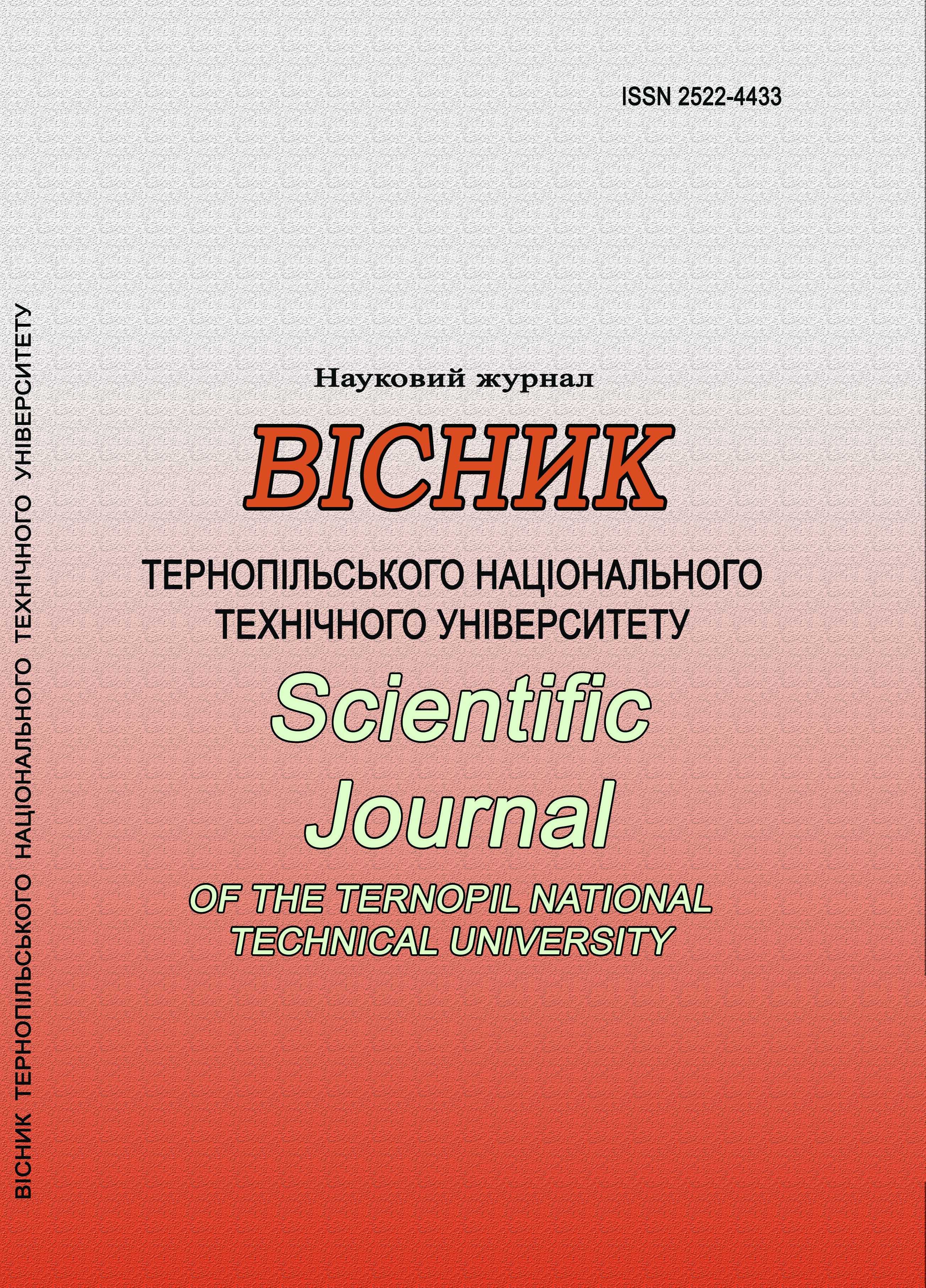Use of p-adic numbers in urban resource networks data analysis
Main Article Content
Abstract
The implementation of the concept «smart city» has required, in particular, the development and efficient use of new mathematical methods and approaches enabling the data hypercube analysis to be made efficiently and constructively, data transfer processes to be initiated, etc.
Article Details
Issue
Section

This work is licensed under a Creative Commons Attribution 4.0 International License.
References
1. M. Scriney, and M. Roantree, Efficient cube construction for smart city data. 2016.
2. Khrennykov A. Iu., Shelkovych V. M. Sovremennyi p-adycheskyi analyz y matematycheskaia fyzyka: teoryia y prylozhenyia. Moskva: Fyzmatlyt, 2012. 452 p. [In Russian].
3. Katok S. p-Adic Analysis Compared with Real. In. Eds. USA: American Mathematical Society, 2007. P. 152. DOI: https://doi.org/10.1090/stml/037
4. Khrennikov A. Y. (1997). Non-Archimedean Analysis: Quantum paradoxes, Dynamical systems and Biological models. In. Eds. Dordrecht: Kluwer Academic Publisher . P. 376. DOI: https://doi.org/10.1007/978-94-009-1483-4
5. Matsiuk O., Duda O., Kunanets N., Pasichnyk V., Rzheuskyi A. Aggregation, Storing, Multidimensional Representation and Processing of COVID-19 Data. CSIT 2020: Advances in Intelligent Systems and Computing V. P. 875–889. DOI: https://doi.org/10.1007/978-3-030-63270-0_60
6. Matsiuk O., Duda O., Kunanets N. Formation of Hypercubes Based on Data Obtained from Systems of IoT Devices of Urban Resource Networks. International Journal of Sensors, Wireless Communications and Control. Volume 11. Issue 5. 2021. P. 498–504. DOI https://doi.org/10.2174/2210327910999201210145151

